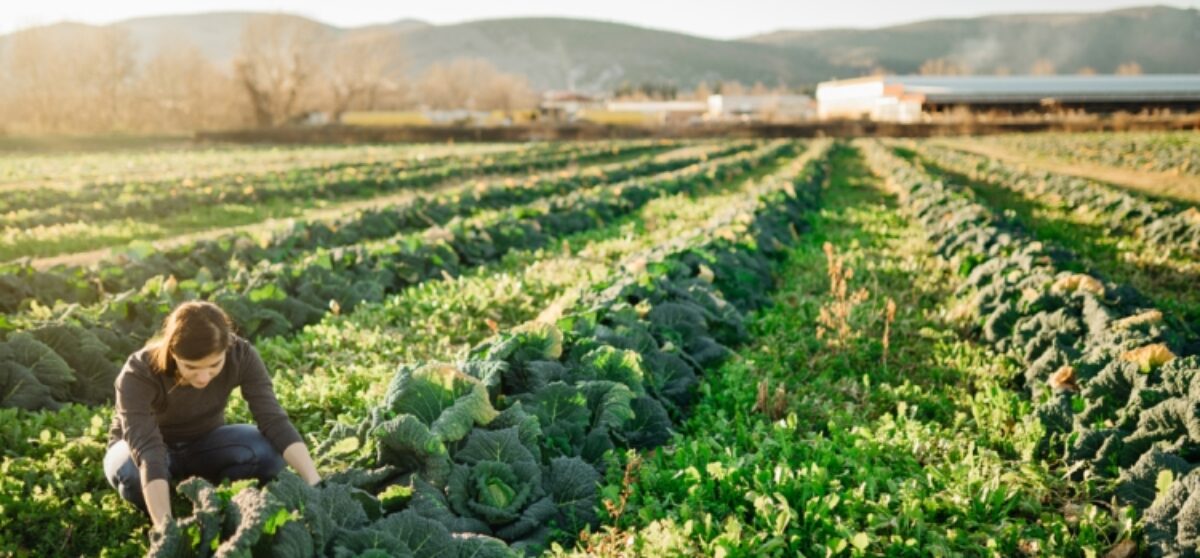By Mike Lessiter posted on Dec. 19, 2022 | Posted in No-Till Farming 101
Over the past couple of weeks, I’ve been deep into a “Your No-Till History” article that focused on 60 years of continuous no-till research at Ohio State University (OSU) and the famed Triplett-Van Doren No-Till Experimental Plots (see February 2023 edition of No-Till Farmer’s Conservation Tillage Guide). My research put me on the phone with the 92-year-old Glover Triplett, Ohio farmer and former NRCS Chief Bill Richards, retired OSU ag engineer Randall Reeder, retired Chevron rep Bill Haddad and then exhaustive requests of Dr. Warren Dick, the retired OSU professor who oversaw the plots from 1980-2016.
Almost every discussion came back to the necessary lining of the planets to make a revolution like no-till happen. More important than the new herbicides and a no-till-ready planter, I’d say, were the individuals who relentlessly believed in the practice, encouraged farmers to stay the course and tirelessly evangelized on the practice to numerous camps.
For more on this topic, see “YOUR NO-TILL HISTORY: World’s Longest Continuing No-Till Plots at Ohio State Hit 60 Years”
Last summer, Forbes writer Dr. Steve Savage wrote another fine piece on no-tillage. He joined us for podcast a few weeks later and stressed that all of agriculture — if not the world — needs to learn no-till’s history to understand how change can still occur, even in well-entrenched traditions like farming.
Here’s what we wrote in his July 2022 report, in a section of his work called, “Is This Kind of Change Even Possible?”
“Yes, there is reason to believe that this is possible based on a historical precedent for a huge farming system paradigm shift that happened in mainstream agriculture: “no-till farming.” That change was also a response to a climate crisis of human origin – the Dust Bowl phenomenon of the 1930s, and it demonstrates the fact that farmers can make changes when they need to. This year marks the 60th anniversary of the first “no-till” field grown in Kentucky in 1962. Growing crops without plowing or tillage was such a radical idea that early adopters had to avoid social gathering spots like coffee shops to avoid getting harassed about their “trashy fields.” Fast forward to 2017 and 104.5 million US acres were farmed using a no-till approach. No-till or the related strip-till farming methods are the ideal foundation for the full suite of climate ready systems, and so it is important to consider what enabled that kind of large-scale change. The key elements were applied public research, the development of specialized machinery, and the availability of key technologies such as herbicides and biotech crops.
But perhaps most importantly, the change was pioneered by a distinct and innovative subset of the farming population that banded together as a community. Today there are still self-identified “no-tillers” and “strip-tillers,” and they are at the adoption forefront for other climate-resilience enhancing farming methods. Grower oriented publications like No-Till Farmer or Progressive Farmer are filled with narratives about farmers that are working out the practical details of adding things like cover crops or unusual rotations or livestock integration. The key is not to tell growers how to farm, but rather to ask these leaders what works and what would help them and others to move in the right direction in terms of a climate change response.”
Great context on the story you’re continuing to write each day.
No-Till Champions
The OSU story I’m writing now spurred a memory from interviewing No-Till Innovator Dr. John Bradley last summer, when he filled me in how the University of Tennessee was not at all supportive of what Dr. Tom McCutchen was trying to do with no-tillage research in the early days, long before he made a name for the university with its Milan No-Till Field Day. McCutchen had to locate the plots on the back of the station to stay out of the sight and complaints of the critical administrators who thought no-till was embarrassing, fool’s farming.
Bradley and I went over some observations about no-till adoption he’d shared with my dad, Frank, in a No-Till Farmer Innovators & Influencers podcast in 2019.
“No-till worked best where you had leadership in an individual or individuals that led the cause,” he said, naming the late George McKibben and Jim Kinsella in Illinois; Randall Reeder in Ohio and pointing to our No-Till Farmer Innovators roster. There are far more omissions than identifications in the sentence above, but hopefully you get the point.
“Every place there was a good, local extension agent or farmer leader behind no-till, it stuck,” continues Bradley. “Every place where no-till grew, there was a leader behind it without fail.”
Where we’re losing no-till acres, he says, are areas where the leaders have gotten old, retired and are absent of a new champion to cheer farmers on and help them find the answers to the challenges. He also noted that the younger generation appears to be having a love affair with big equipment and they’re wearing down their dads who know better.
“I still work with some farmers that say to their sons, ‘Call John Bradley and see what he thinks about this,’” says Bradley.
But many of those guys like Bradley are getting up there in age, and those next-generation folks may not have them in their smartphones.
–Click on the link above to read the full article.













